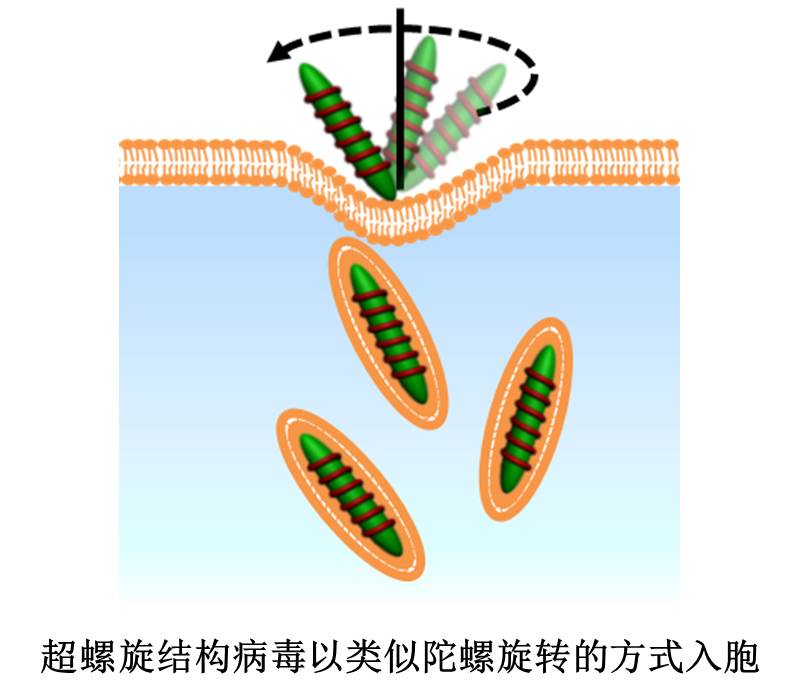By the end of the 19th century, people had been able to effectively prepare small molecular cyclic compounds through cyclization reactions such as Perkin alicyclic synthesis. In the 1980s, ring polymers were successfully synthesized, such as ring polystyrene and ring polydimethylsiloxane. Recently, professor Jiaping Lin's research group of school of Materials science and Technology in our university discovered the phenomenon of supramolecular cyclization reaction. Angewandte Chemie International Edition reported the important discovery entitled as "Toroid Formation through a Supramolecular 'Cyclization Reaction' of Rodlike Micelles" (DOI:10.1002/anie.201701978).

It was found that the polypeptide graft copolymer first self-assembled to form rod-like micelles. By regulating the solution properties and ambient temperature, the rod-like micelles could undergo supramolecular cyclization reaction, and the head and tail closed end-to-end to form a uniform and controllable supramolecular circular micelle structure, realizing the controllable preparation of supramolecular toroids. This discovery extends the scope of cyclization from small and polymer scales to supramolecular scales. In addition, the process of the supramolecular cyclization reaction was found to be very similar to the condensation process of DNA in living organisms, which is of great significance for the application of polypeptide assembly in the field of gene therapy and other life sciences. The research work was completed by doctoral students Chaoying Yang and Liang Gao under the guidance of Professor Jiaping Lin and Associate Professor Chunhua Cai.

In recent years, the research team has made a series of achievements in the synthesis, characterization and biomimetic properties of biological polypeptides. It was found that polypeptide copolymers can self-assemble into micelles with supramolecular helical structure, which can be used as a model of viruses. This kind of virus with supramolecular helical structure enters the cell in a unique way similar to gyroscopic rotation, and thus has super infectious ability. This discovery provides a theoretical basis for understanding the law of virus infection and preparing virus-like drug vectors. The study was recently published in the Small(Small, 2017, 13, DOI: 10.1002/smll.201604214).